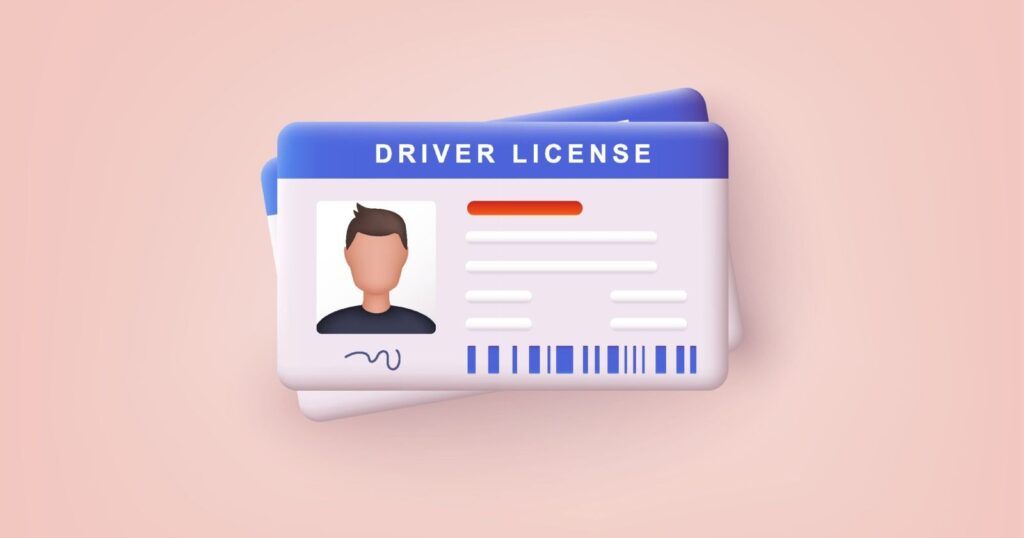Driving License Overseas, Driving overseas can be an exhilarating experience, offering the freedom to explore new destinations at your own pace. However, driving in a foreign country often requires understanding specific regulations regarding your driving license. This blog post will guide you through managing your driving license when traveling or moving abroad, including obtaining an International Driving Permit (IDP), understanding local regulations, and ensuring a smooth driving experience overseas.
Understanding the International Driving Permit (IDP)
An International Driving Permit (IDP) is a document that translates your domestic driving license into multiple languages, making it easier for authorities in foreign countries to understand your credentials. Here’s what you need to know:
- Purpose of an IDP: The IDP is not a standalone document; it must be carried alongside your domestic driving license. It helps bridge language barriers and provides a standardized format for your driving credentials.
- When You Need an IDP: Many countries require an IDP for tourists planning to drive. Check the specific requirements of the country you are visiting or moving to, as regulations can vary.
- How to Obtain an IDP: You can obtain an IDP from authorized organizations such as the American Automobile Association (AAA) or the International Automobile Federation (FIA). The process generally involves completing an application, providing a valid domestic driving license, a passport-sized photo, and paying a fee.
Driving License Requirements in Different Countries
Driving regulations and requirements vary significantly from one country to another. Here’s how to ensure you comply with local regulations:
- Research Local Laws: Before traveling or moving, research the driving laws and regulations of the country. This includes understanding speed limits, road signs, and any specific driving rules or restrictions.
- Check License Validity: Some countries may require your domestic driving license to be valid for a certain period beyond your intended stay. Ensure your license meets these requirements to avoid any legal issues.
- Rental Car Requirements: If you plan to rent a car, check with the rental agency about their requirements. Some agencies may require an IDP, while others may accept your domestic license. Confirm these details in advance to avoid any complications.
- Driving Insurance: Ensure you have adequate insurance coverage for driving abroad. This may involve checking with your existing insurance provider or purchasing additional coverage from a rental agency or local provider.
Special Considerations for Long-Term Stays
If you are planning to stay in a foreign country for an extended period, additional considerations may apply:
- Local Licensing Requirements: Some countries require you to obtain a local driving license if you reside there for an extended period. Research the specific regulations of the country to understand if and when you need to convert your driving license.
- Conversion Process: Converting your domestic driving license to a local license often involves a series of steps, including passing local tests or providing proof of residence. Ensure you follow the proper procedures to comply with local laws.
- Language Barriers: If you’re staying long-term, you might need to navigate the local bureaucracy, which could involve language barriers. Consider seeking assistance from local expat communities or professional services to help with translation and paperwork.
Tips for a Smooth Driving Experience Overseas
- Familiarize Yourself with Local Roads: Understand the local driving culture and road conditions. This includes being aware of any unique driving practices or hazards.
- Keep Documents Handy: Always carry both your domestic driving license and IDP, along with other essential documents like your passport and insurance details.
- Know Emergency Procedures: Familiarize yourself with local emergency procedures and contact information for roadside assistance or local authorities.
- Stay Updated: Keep informed about any changes in driving regulations or requirements in the country you are visiting or residing in.
Conclusion
Driving overseas offers an exciting opportunity to explore new places and cultures, but it requires careful preparation to ensure a smooth and legal experience. By obtaining an International Driving Permit, understanding local driving regulations, and preparing for long-term stays, you can navigate the complexities of driving abroad with confidence. Whether you’re on a short vacation or relocating for an extended period, these tips will help you enjoy the freedom of the road while staying compliant with international driving requirements.
